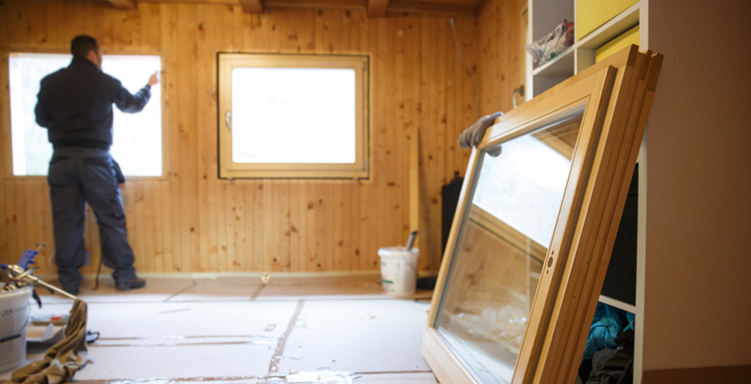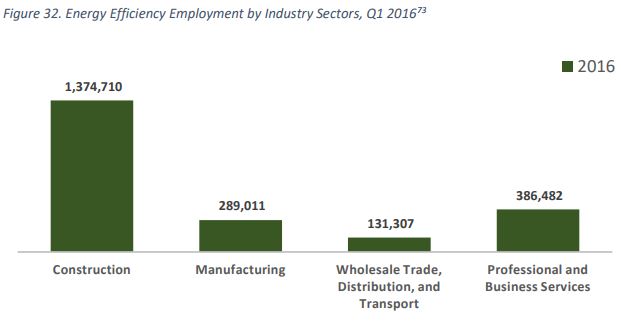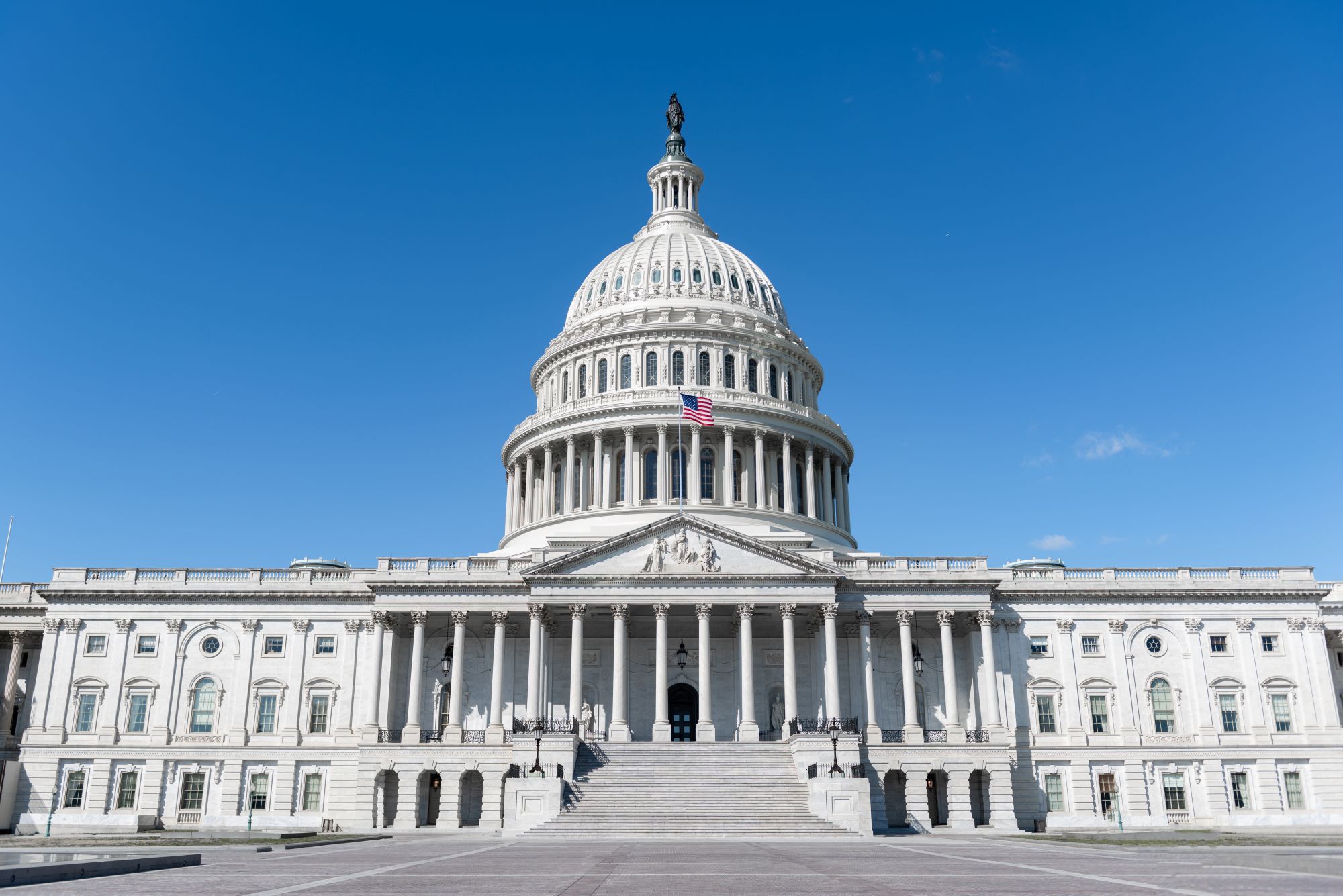How Jobs are at Stake if Congress Cuts Energy Efficiency Investments
Let's Save Energy
Alliance to Save Energy's Blog

Congress is considering slashing federal investments in energy efficiency. The House of Representatives passed a bill in late July that cuts several energy efficiency programs by roughly half, while the Senate has advanced a bill that would largely protect current funding levels. This post is part of a blog series examining what’s at stake as Congress continues the budget process.
Energy-efficient buildings don’t just design and build themselves. Energy Star products don’t appear out of thin air. New light bulb technologies aren’t invented by robots.
The energy efficiency economy is an economy of people. More people than you might realize, in fact: 2.2 million Americans are employed, in whole or in part, in the design, installation, and manufacture of energy efficiency products and services, according to the Department of Energy’s 2017 Energy and Employment Report.
The biggest sector for energy-efficiency-related jobs is construction, including both new energy-efficient developments and retrofits of existing buildings. Then there are the architectural and design firms that are creating the blueprints for energy-efficient construction. Manufacturers of Energy Star-certified and other energy-efficient products are big employers, too. Another sector is the marketers and distributors of efficient products, including construction materials, appliances and HVAC equipment.

Source: Department of Energy’s 2017 Energy and Employment Report
These jobs are part of an energy efficiency economy that is thriving. Behind that economy is a policy infrastructure that helps the U.S. be a leader in the field.
And that’s what’s under threat as Congress considers proposed budget cuts in the coming weeks.
Take the Department of Energy’s Advanced Manufacturing Office (AMO), for instance. AMO works with American manufacturers to develop and implement cutting-edge energy efficiency technologies, allowing our manufacturing sector to be more competitive and expand. There is a lot of political talk about preserving and expanding American manufacturing; the AMO actually helps make it happen. Yet the House is proposing to cut the program’s budget by 60 percent.
Another program, the Building Technologies Office (BTO), conducts technical research that helps state and local governments develop improved building efficiency codes. These codes help households and businesses save money and reduce carbon emissions. But they also play a key role in spurring the energy-efficient construction and manufacturing sectors, which meet the challenge of building and retrofitting buildings to meet the codes. The BTO, which also develops efficiency standards for appliances that save the average American homeowner nearly $500 a year, is slated for a 54 percent cut in the House budget.
The appropriations process will come to a head when Congress returns in September, and Congress will have to decide if cutting these programs is something American workers will stomach. If it were called the “forfeit American jobs” bill, no one would support it. But it is instead an obscure budget proposal, and that is precisely why it is a threat. Send a message to your members of Congress today to stop the cuts.
STAY EMPOWERED
Help the Alliance advocate for policies to use energy more efficiently – supporting job creation, reduced emissions, and lower costs. Contact your member of Congress.
Energy efficiency is smart, nonpartisan, and practical. So are we. Our strength comes from an unparalleled group of Alliance Associates working collaboratively under the Alliance umbrella to pave the way for energy efficiency gains.
The power of efficiency is in your hands. Supporting the Alliance means supporting a vision for using energy more productively to achieve economic growth, a cleaner environment, and greater energy security, affordability, and reliability.



